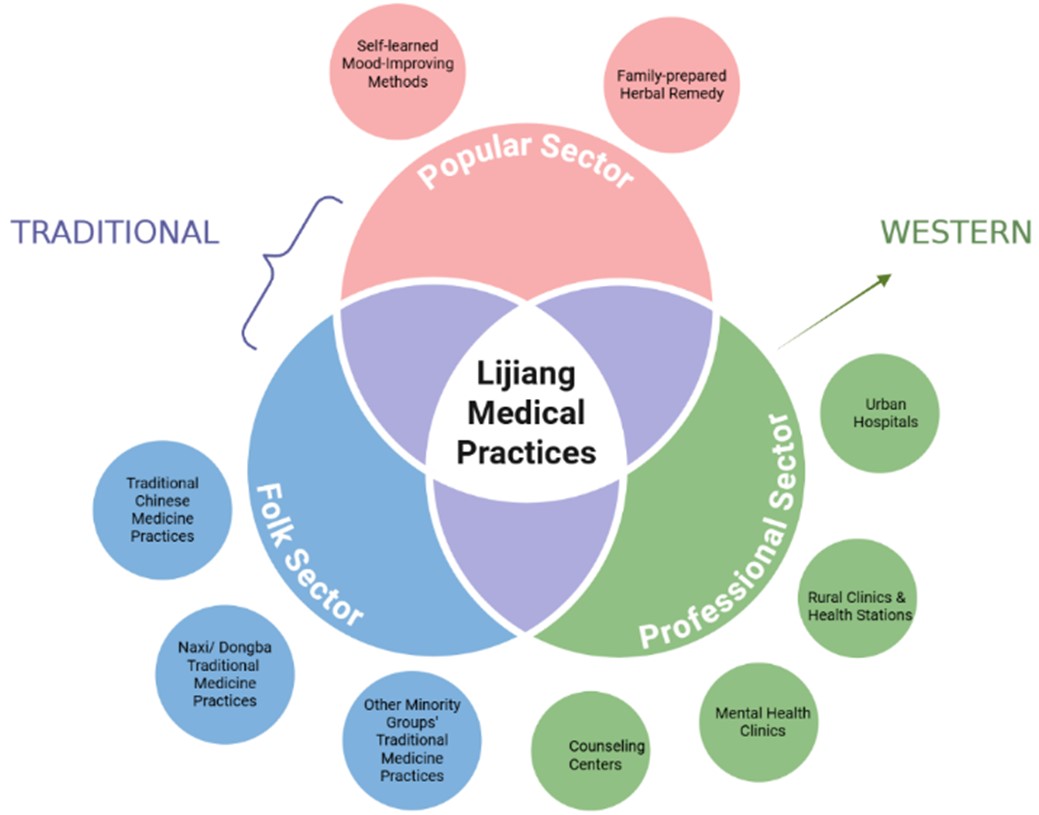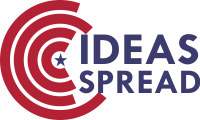Pluralistic Therapy Choices for Neurological and Mental Disorders in Ethnic Minority Areas of Lijiang, China
Abstract
Lijiang’s medical pluralism blends biomedicine, TCM, and folk practices, yet local perceptions increasingly favor a binary divide ("Western" vs. "Traditional") that marginalizes ritual therapies as superstition. Based on the medical pluralism theory, this essay provides an overview of the current status of traditional medicine in Lijiang area based on individuals’ attitudes, analyzes the setbacks against its development, and explores possible solutions to breathe new life into Lijiang traditional medicine. Using the method of field study, researchers collected Lijiang people’s understanding towards ritual therapy and mental illness, and analyzed their therapy choice for mental illness (mental hospital, psychological counselling, or ritual therapy). The results included answers from multiple interviewees on four perspectives: perception of rituals, understanding of mental illness, attitudes toward modern medicine (mostly trust and priority), and support systems and self-help. The results also included a generalized therapy-choosing process for mental illness: modern medicine is prioritized, followed by psychotherapy, with traditional treatment (herbal and ritual practice) being a last choice. Preservation of traditional treatment requires integrating rituals into mental healthcare through scientific validation (e.g., stress-relief mechanisms) and cultural-tourism initiatives (e.g., meditation experiences).
References
[2] Mackerras, C. (1988). Aspects of Bai Culture. Modern China, 14(1), 51–84. https://doi.org/10.1177/009770048801400103
[3] Li, J. (2020). Lijiang City Gazetteer (1991–2010).
[4] Yang, F. (2005). A Comparative Research on the Relation of Human beings and Nature and Holy Mountain Worship Betwwen Tibetan and Naxi People. Journal of Southwest Minzu University (Humanities and Social Sciences Edition), 26(12).
[5] Leslie, C. (1980). Medical pluralism in world perspective. Social Science & Medicine. Part B: Medical Anthropology, 14(4), 191–195. https://doi.org/10.1016/0160-7987(80)90044-7
[6] Kleinman, A. (1980). Patients and healers in the context of culture: An exploration of the borderland between anthropology, medicine, and psychiatry. University of California Press. https://doi.org/10.1525/9780520340848
[7] Janes, C. R., & Corbett, K. K. (2009). Anthropology and Global Health. Annual Review of Anthropology, 38, 167–183. https://doi.org/10.1146/annurev-anthro-091908-164314
[8] Kleinman, A. (1978). Concepts and a model for the comparison of medical systems as cultural systems. Social Science & Medicine, 12(2B), 85–95. https://doi.org/10.1016/0160-7987(78)90014-5
[9] Hamill, J., Hallak, J., Dursun, S. M., & Baker, G. (2019). Ayahuasca: Psychological and Physiologic Effects, Pharmacology and Potential Uses in Addiction and Mental Illness. Current Neuropharmacology, 17(2), 108–128. https://doi.org/10.2174/1570159X16666180125095902
[10] Osorio, F. de L., Sanches, R. F., Macedo, L. R., Santos, R. G., Maia-de-Oliveira, J. P., Wichert-Ana, L., & et al. (2015). Antidepressant effects of a single dose of ayahuasca in patients with recurrent depression: A preliminary report. Brazilian Journal of Psychiatry, 37(1), 13–20. https://doi.org/10.1590/1516-4446-2014-1496
[11] Weber, S. R., & Pargament, K. I. (2014). The role of religion and spirituality in mental health. Current Opinion in Psychiatry, 27(5), 358–363. https://doi.org/10.1097/YCO.0000000000000080
[12] Goncalves, J. P., Lucchetti, G., Menezes, P. R., & Vallada, H. (2015). Religious and spiritual interventions in mental health care: A systematic review and meta-analysis of randomized controlled clinical trials. Psychological Medicine, 45(14), 2937–2949. https://doi.org/10.1017/S0033291715001166


This work is licensed under a Creative Commons Attribution 4.0 International License.
Copyright for this article is retained by the author(s), with first publication rights granted to the journal.
This is an open-access article distributed under the terms and conditions of the Creative Commons Attribution license (http://creativecommons.org/licenses/by/4.0/).









1.png)














